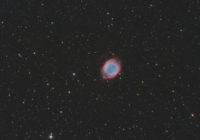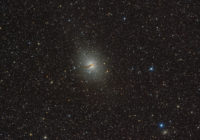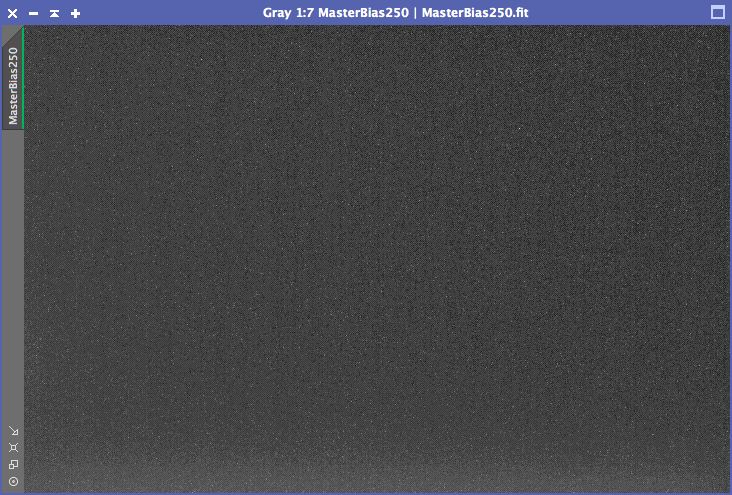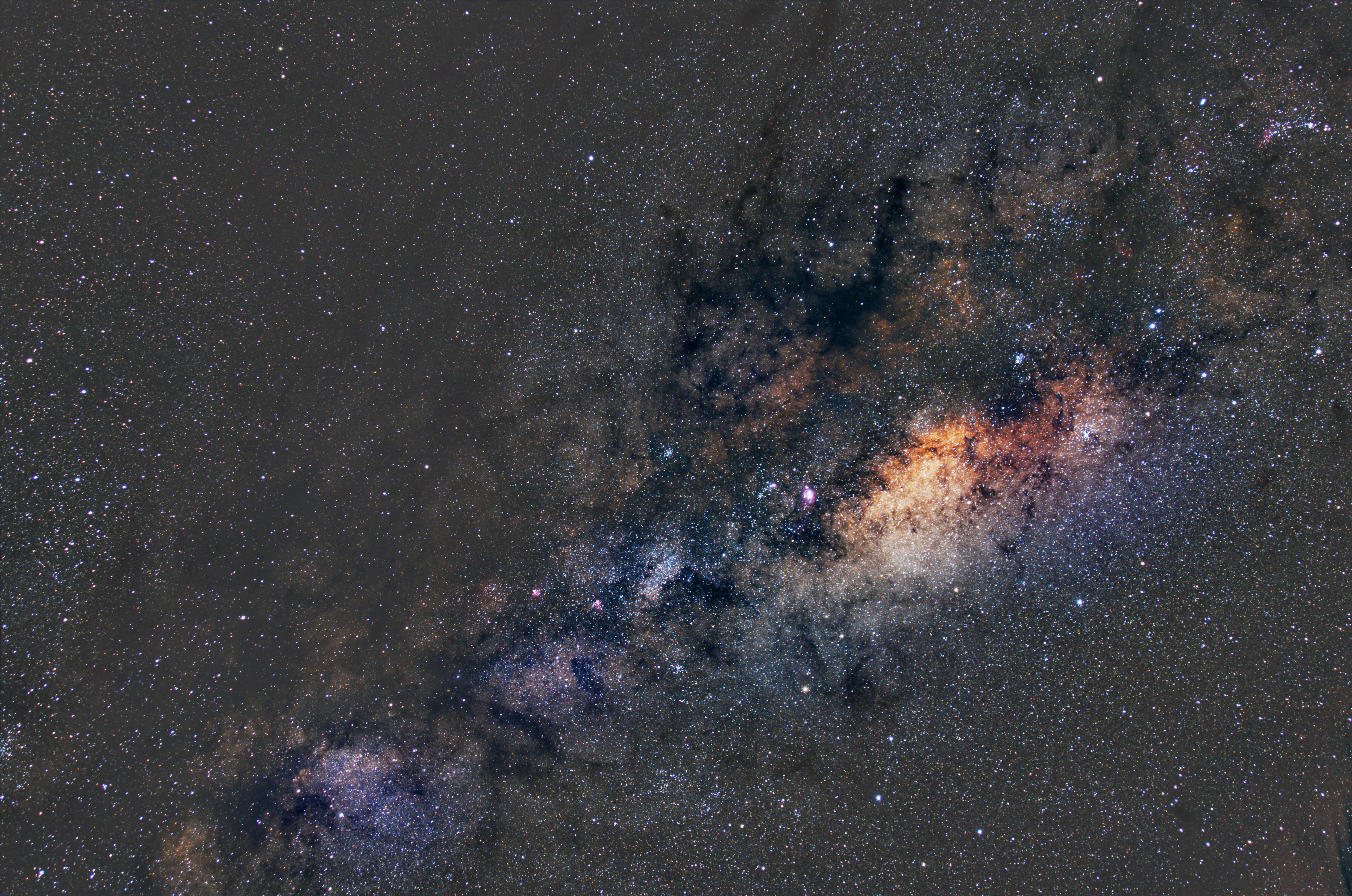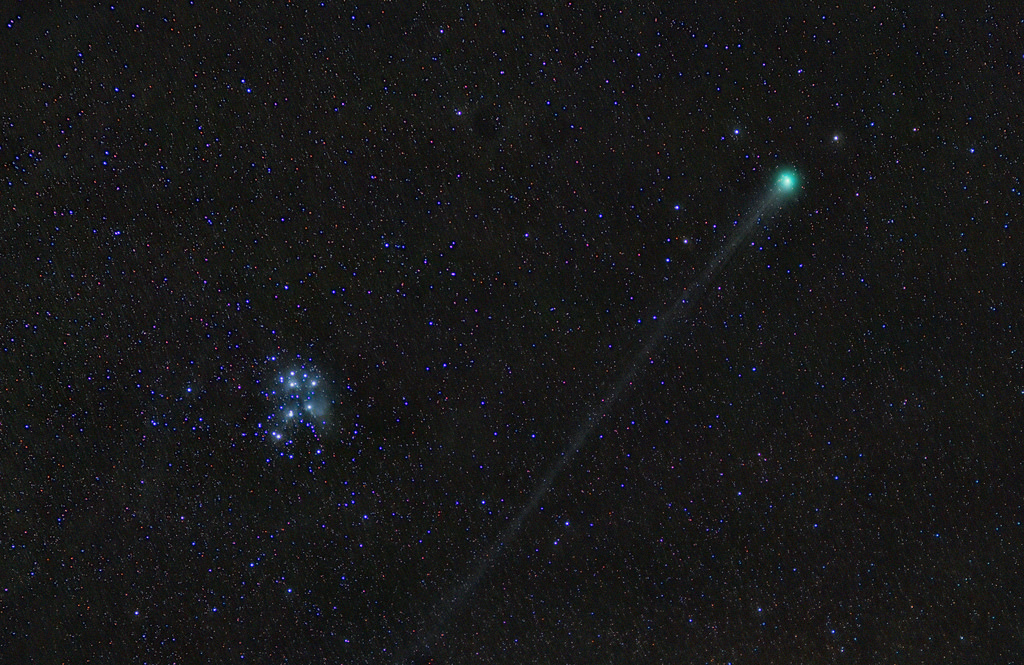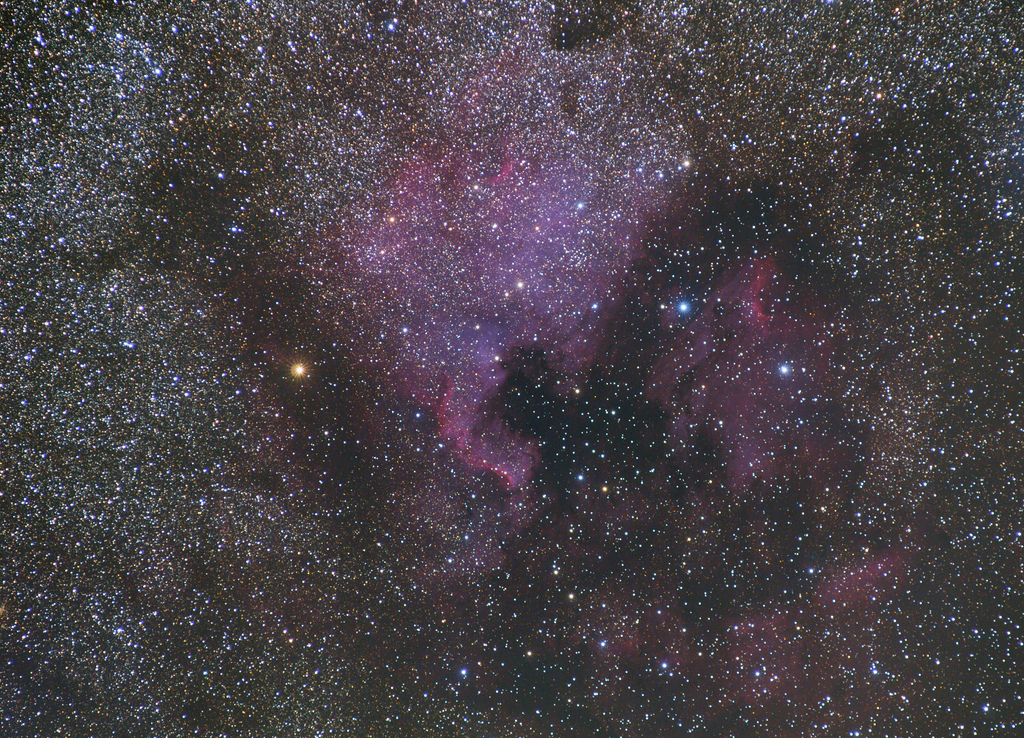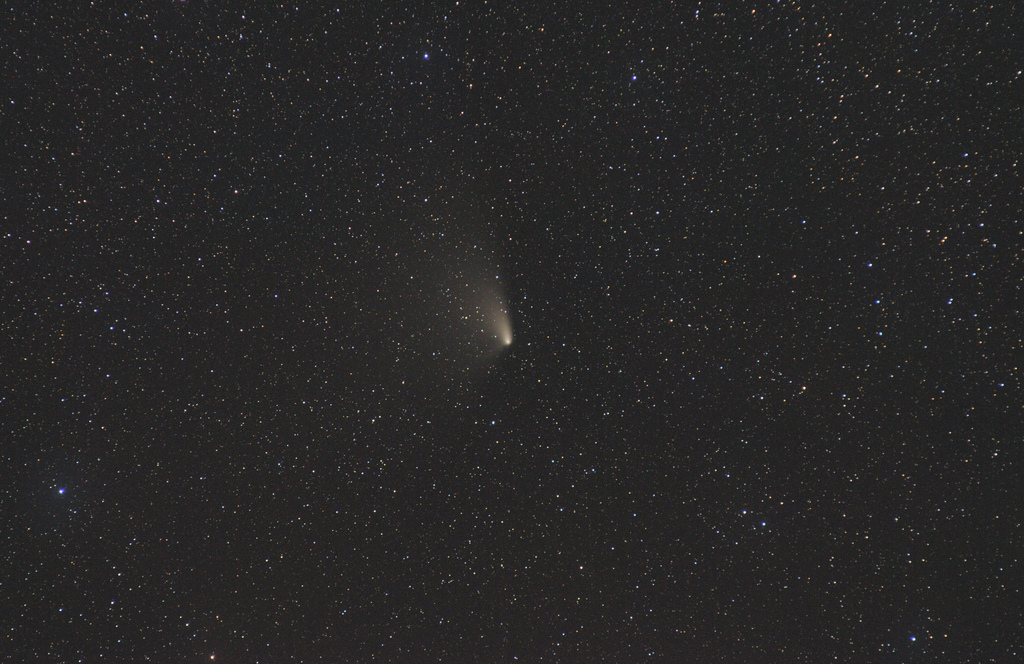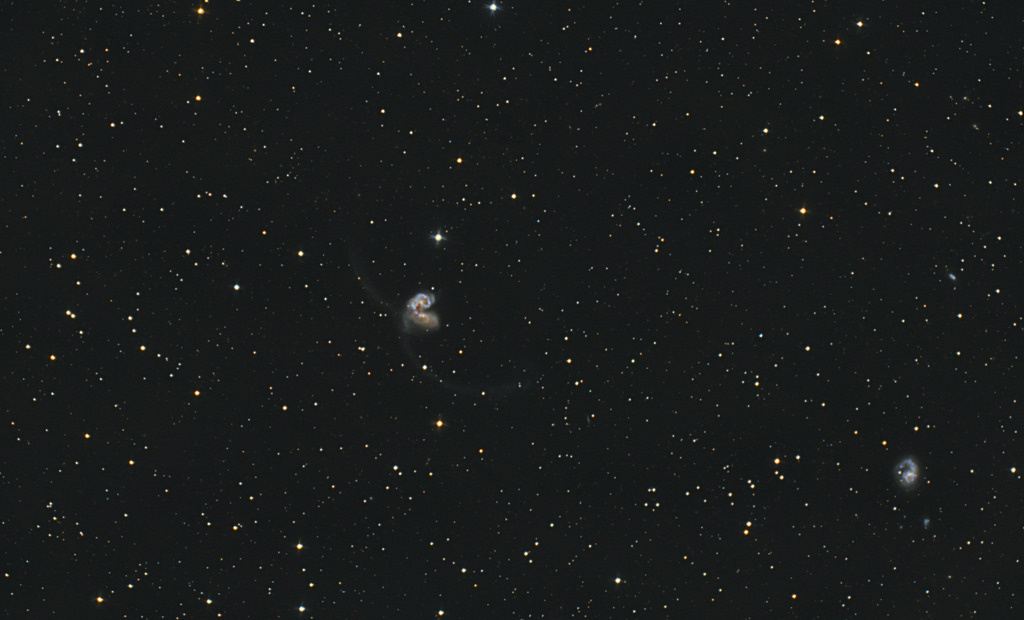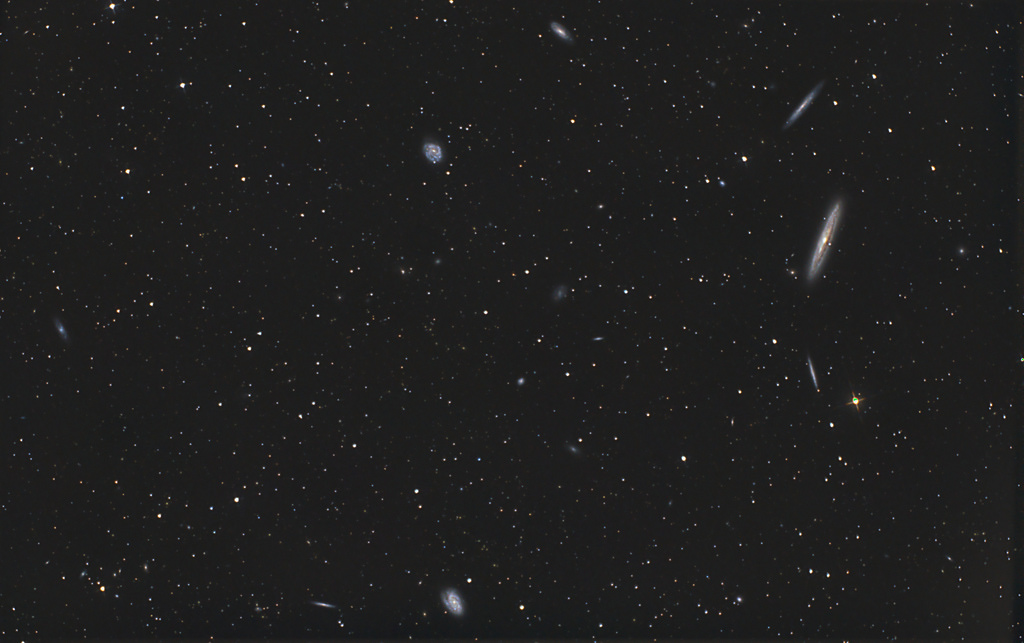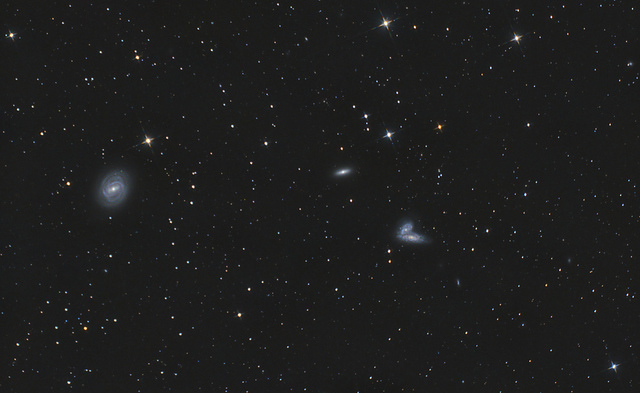The Helix nebula imaged with Nikon D7000 from Namibia
Read MoreNikon D7000
The Nikon D7000 is an excellent camera for astrophotography. It has a good sensitive chip with good dynamic range. I already owned the D7000 when I started with astrophotography and I’m still using it, especially for time lapses and nightscapes.
Centaurus A with Nikon D7000
As the 5th brightest galaxy in our skies, Centaurus A (NGC 5128) is a very popular target both visually as for astrophotography. The galaxy looks like a lenticular or elliptical (yes, there still seems to be debate about this) galaxy with a very distinct disturbed dust lane across. It’s a clear example of a ‘disturbed’ galaxy, one that is the result of two smaller galaxies merging in the past. When processing the image I noticed…
Read MoreHow to shoot Bias frames with a DSLR
24mm wide field of Lagoon Nebula in our Milky Way
Wide angle photo of Lagoon Nebula and friends in center of our Milky Way. Taken with Nikon D7000 and Nikkor 24-85mm F2.8-F4 at 24mm F4.
Read MoreComet LoveJoy and the Pleiades
INTRODUCTION It had been almost a full year since I last went out for some astrophotography, other than the trips to La Palma and Hohen Woos (Germany). Finally the circumstances looked to be good to capture the comet LoveJoy, that was making a spectacular show passing by the Pleiades. Clouds were coming in, but I was able to capture 40 frames of 2 minutes each which allowed me to capture the comet’s impressive tail. Photographing…
Read MoreNorth America Nebula at 200mm with DSLR and Astrotrac
Introduction The North America Nebula in the constellation Cygnus is probably one of the most popular widefield subjects of the northern hemisphere. This beautiful field of view contains a very large emission nebula for which it’s shape resembles that of the continent of North America. Photographing the North America Nebula with unmodified Nikon D7000 I was very curious to see how much h-alpha my unmodified Nikon D7000 would capture when photographing this emission nebula. I…
Read MoreComet PanSTARRS C/2011 L4 with DSLR
Introduction C/2011 L4 (PANSTARRS) is a non-periodic comet discovered in June 2011 that became visible to the naked eye when it was near perihelion in March 2013. It was the first comet I saw after getting started with astronomy and astrophotography so I was quite excited about this one. After having seen it a view times with my binoculars I finally had the chance to photograph it during an astro-trip to Hohen Woos in Germany….
Read MoreAntennae Galaxies – NGC 4038 and NGC 4039
Introduction I had high hopes up front about this subject. I just find it very beautiful and never quite understood why it got a nickname like the ‘antennae galaxies’, instead of something referring to the heart shape of the interacting galaxies. To me I just see a heart in the sky consisting of 2 entities ‘colliding’ with each other. It’s hard not to see the symbolic meaning this can obviously have. It was the first…
Read MoreNGC4216 and friends
Subject information NGC 4216 is spiral galaxy located not far from the center of the Virgo Cluster of galaxies, roughly 40 million light-years away. It’s seen nearly edge-on. Along with NGC4216 we can see many more striking galaxies in this field of view. Image acquisition details Date: 28/04/14 Location: La Palma Optics: TS 10″ Newton Mount: NEQ6 on fixed pier Camera: Unmodified Nikon D7000 used at ISO800 Guiding: Lacerta MGEN Exposure: 46 x 300 sec….
Read MoreSiamese Twins with M58
Subject information The Siamese Twins (NGC 4567 and NGC 4568) are a set of spiral galaxies 60 million light years away in the constellation Virgo. These galaxies are in the process of colliding and merging with each other. Also in the field of view is the beautiful galaxy M58. This galaxy is at 68 million light years from earth. Image acquisition details Date: 26/04/14 & 27/04/14 Location: La Palma Optics: TS 10″ Newton Mount: NEQ6…
Read More